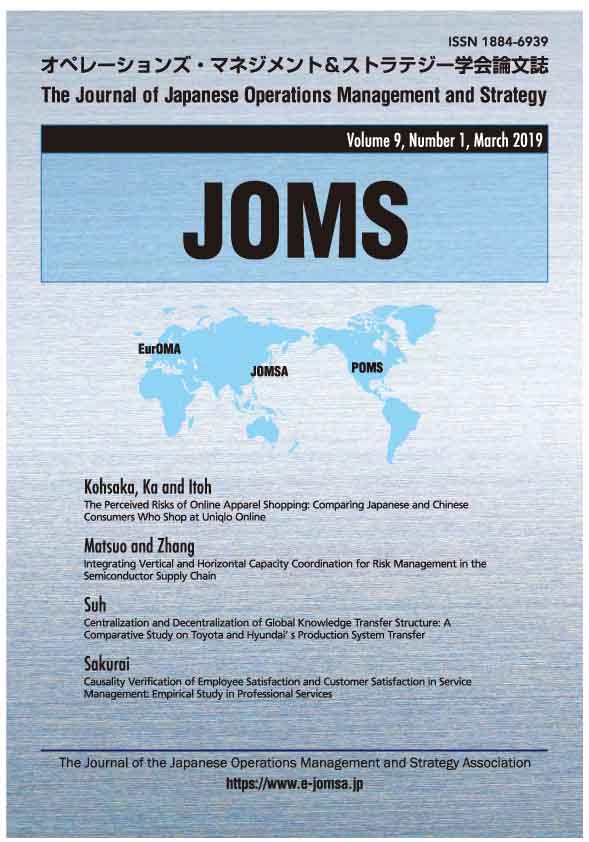In the research on service management, the framework of Service-Profit Chain is known widely. The conception proposes that internal service quality increases profits by improving employee satisfaction, which leads to enhanced employees’ organizational loyalty and productivity, and subsequently to better customer-perceived service quality and customer satisfaction. On the other hand, focusing exclusively on professional services, a recent study suggested a reverse causality, where customer satisfaction is a determinant of employee satisfaction. Therefore, in the present study, the cause-effect directional relationship between employee satisfaction and customer satisfaction is investigated in terms of professional services. A survey using a self-completed questionnaire was carried out at major pharmacy chains in Japan. At each of the pharmacies, both patients upon visiting it and pharmacists were provided with questionnaires about service quality and customer satisfaction and those about job satisfaction and organizational loyalty, respectively. Based on seven-point Likert scales, mean values for each question were calculated for each pharmacy and used as data for the analysis. Structural equation modeling was employed to identify statistically significant relationships. The results show that customer satisfaction significantly influences employee job satisfaction and that it tends to have a marginally significant influence on employee organizational loyalty. The findings in the present study may suggest the possibility of “duality” where the service policy to enhances customer satisfaction in the professional service organization improves not only customer loyalty but also employee's job satisfaction and organizational loyalty.
View full abstract
